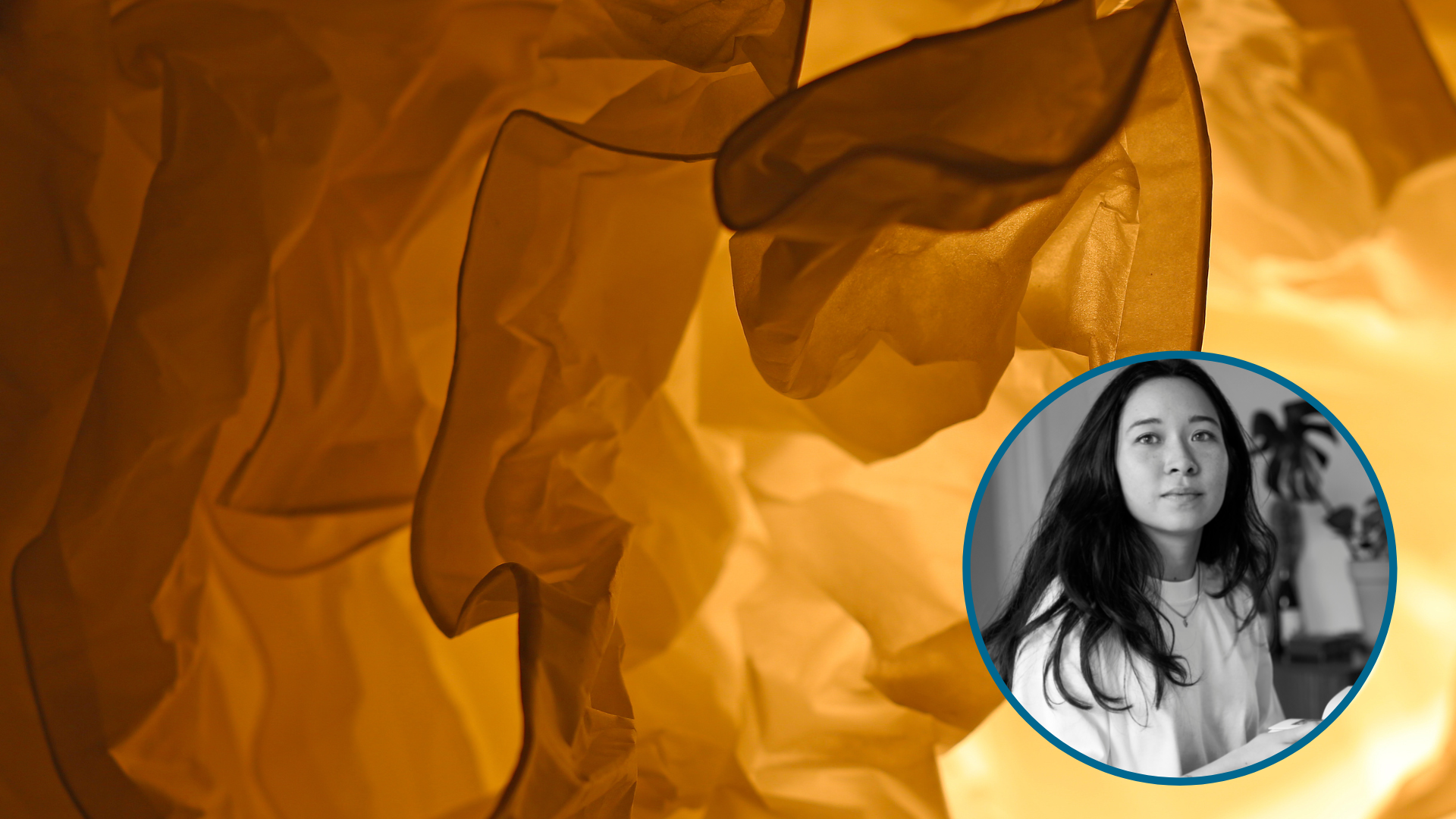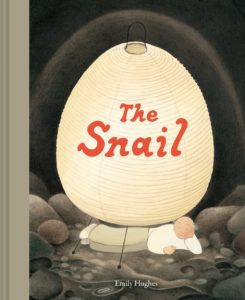
Emily Hughes is the award-winning illustrator of the beloved Charlie and Mouse series and Everything You Need for a Treehouse. She was born in Hawaii and lives and works in the United Kingdom.
We talked with Emily about The Snail, her new picture book about renowned Japanese American artist Isamu Noguchi that explores emotions ravaged by a history of Japanese incarceration, the effects of personal isolation, and the power of art to heal those wounds.
 How did you first get interested in creating picture books?
How did you first get interested in creating picture books?
My mom is a fourth grade teacher and an avid reader—she read picture books with me from an early age and the wonderment never left.
As a kid I was always drawing on any bit of paper I could find—like receipts from my mom’s purse when we were on the go. I also read and daydreamed a lot. I didn’t know it then, but these were fundamental for what I do today.
What are some of your influences or inspirations as a storyteller and illustrator?
I try not to look too closely in my field for influence. I’d rather steal from a source where I can get away with it. I’m fascinated by the ancient world and what the ancients made—Egyptian, Assyrian, Greek, Jomon, Olmec, there’s too many. As a storyteller I feel like I am always inspired by themes on either nature or anger. I don’t know why.
The Snail explores the life of renowned Japanese American artist Isamu Noguchi. What sparked the idea for this book?
I bought Hayden Herrera’s book, Listening to Stone: The Art and Life of Isamu Noguchi about said Isamu Noguchi in the Tate. I hadn’t heard of him and was surprised to see a photo of a ‘hapa’ (mixed race) guy from the 1920’s on the back cover. I had never seen an artist that looked like me.
Trump had been in office while I was reading Listening to Stone, and the ‘Make America Great Again’ slogan was reverberating on TV. It made me wonder if my being an American was a mar on the country I had no choice in choosing.
Reading about Isamu Noguchi put many thoughts into perspective. Apart from his artistic insights, were his thoughts on balancing a mixed identity and the desire/reluctance to belong. For someone born 87 years before me, we shared many frustrations. I thought a book would be the best way to funnel my gratitude of what I learned from Noguchi.
What was your process for making The Snail? Did you do a lot of research before sitting down to work on it?
The Snail was five years in the making. I didn't feel I ever knew enough, but I had run out of biographies to read on him. I was never really convinced that I had the right preparation or language. More than anything I was terrified of addressing, retelling and selling a book on a man that had been long deceased and unable to protest this interpretation of him. So I read and reread to gain confidence. It was also very lucky that the Noguchi foundation has a scrupulous public archive of Isamu’s works, writings and photographs I could go through.
Do you have a favorite moment or image from the book?
My favourite moment is the end of the book. I had been working on the book for a while with no direction until I had found that photo. It made the whole story. My favourite image is when Noguchi is stepping into his shell. The stairway of the shell is based off of the steps from his sculpture, Slide Mantra.
What do you hope readers will take away from this story?
Two outcomes I’d love to initiate, but know are a big ask, are:
- Readers feel emotional connection to Isamu Noguchi. I wanted children to feel proud if they recognise a Noguchi. With knowledge comes affection! To make Noguchi and his creations familiar in a museum, and familiar in nature. For instance, the last image of the book is of his piece Slide Mantra. When talking about Slide Mantra, Noguchi said, “Art is something to be felt through a child’s buttocks.” I admire Noguchi’s playfulness. Art should be accessible, not obscure, and highfalutin.
- Creating as a source of healing and a gift of love. When in doubt of your equality or worth, create. When something is bursting inside you but you can’t get it out, create. Create even if it is only to have a conversation with yourself. Create even if no one can understand it. Some people are not able to perceive beauty and where beauty lies.
What were some of your favorite children’s books when you were little? Do you have any new favorites that you can share with us?
I loved and still love Crow Boy by Taro Yashima among many others. I love Blair Lent’s illustrations always. And the newest book I bought and loved (in a bookstore, pre-Covid) was Eva Lindstöm’s Everyone Walks Away.


